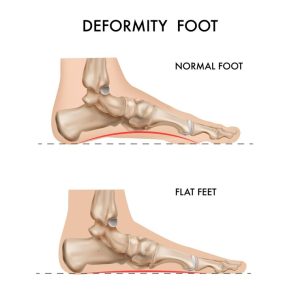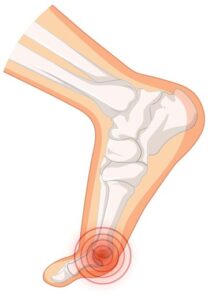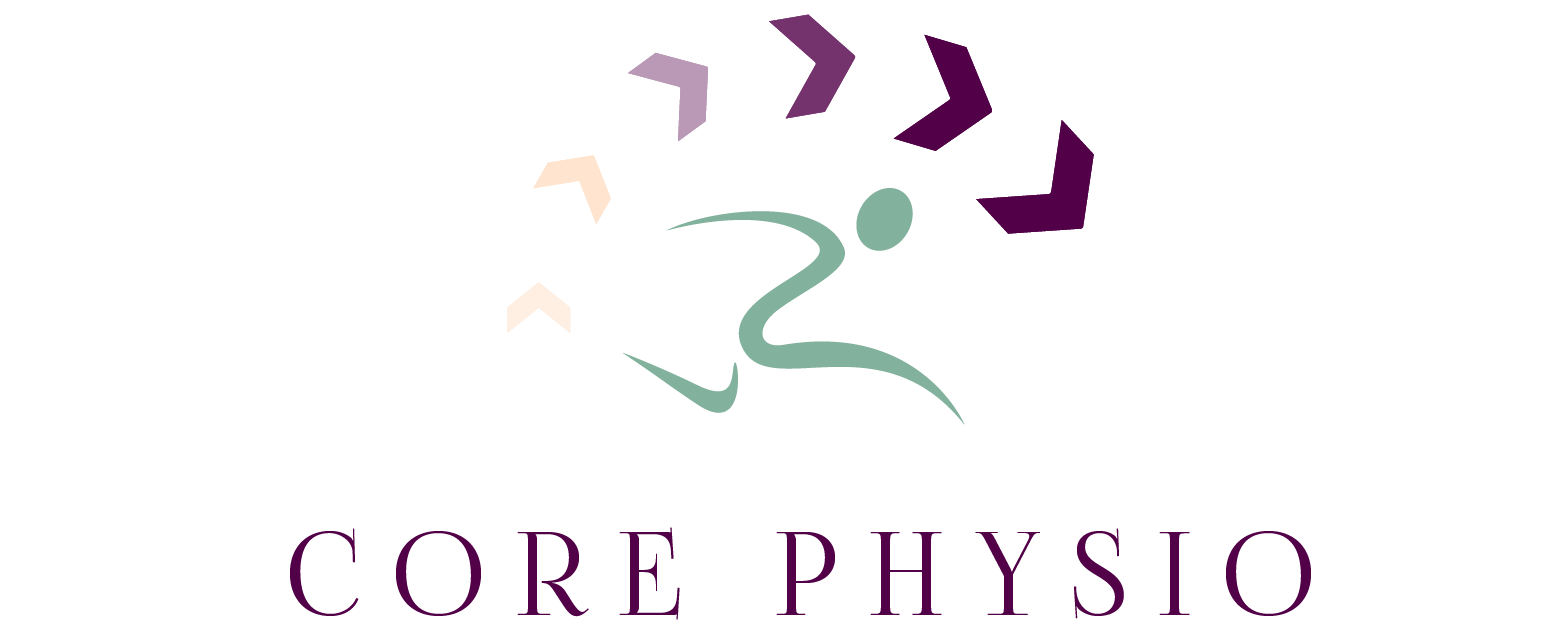What is Tendinitis In Foot?
The tendons are the structures that connect your muscles to the bones. This connection is the most important as they help you move your skeleton. The tendons are strong and fibrous structures; however, they can be prone to injuries. Tendinitis, or tendinitis, occurs when those tendons become irritated or inflamed. This inflammation can be painful and debilitating. In the ankle and heel, the posterior tibialis, peroneal, and Achilles tendons can all become inflamed, and tendinitis can worsen if not treated promptly.

The Achilles tendon is located at the back of the ankle. This long tendon is attached to the heel bone and stretches up to the calf muscle. Most common tendon to be prone to injuries or have tears. Some may even require surgical intervention

Posterior Tibial Tendon attaches muscles to the inside of the ankle all the way down into the foot. This tendon holds up the arch of the foot. Unfortunately, the inner side of the ankle is one of the most common sources of tendinitis because of flat feet, overuse, and high-impact sports.
Peroneal Tendons These tendons run down the fibula, behind the bump of the ankle bone, along the outside of the foot. This pair of tendons are responsible for carrying the weight in standing and protecting the ankle from sprains.
Flexor Tendons run down the inside of the ankle and foot all the way to the big toe. Thus, flexor tendinitis is typically experienced by people who constantly push off with their toes, like ballet dancers.

Tendinitis is commonly caused by the overuse of extremities. Athletes, dancers, or people who run regularly are more likely to see this injury. Athletic activities that involve high strain on the feet like soccer, tennis, basketball, and running. Repetitive or high impact activities like running, jumping, dancing or any fall or trauma to the ankle and foot can cause tendinitis. It can also be seen in some medical conditions like rheumatoid arthritis or osteoarthritis.
How physical therapy can help you
Immediately Post-Injury we follow the Protocol of PEACE (Protect, Elevate, Avoid Anti – inflammatory Modalities, Compress, Educate). Offloading or reducing activities will help prevent strain on the tendons in the foot and ankle and decrease further damage. Staying off your feet may be difficult, but it is necessary for healing
After the initial few days, we work with the protocol of LOVE (Load, Optimism, Vascularization, Exercise). In scenarios where the inflammation doesn’t seem to settle or the pain is still worse the doctor may recommend anti-inflammatory/ pain medicines, steroid injection or surgery. In some cases, orthotics may be necessary.


Recovery time for tendinitis in the foot or ankle can take several weeks to several months. Exercise program includes graded strengthening, graded loading and proprioception exercises. However, without proper treatment, recovery could take much longer. To get yourself assessed and treated please contact us.

